The Samsung Galaxy S21 FE (“Fan Edition”) 5G (Snapdragon) offers many of the features, including the Snapdragon 888 chipset, of the standard S21 5G model, at a slightly more affordable price point. FE users can compose images on a large 6.4” Dynamic AMOLED display with FHD+ resolution and power is supplied by a 4,500 mAh battery.
With 12MP primary and ultra-wide cameras the camera setup on the back of the device looks quite similar to the standard S21, but the tele camera only offers an 8MP sensor instead of the S21’s 64MP variant. Let’s have a closer look at how the Samsung Galaxy S21 FE 5G (Snapdragon) performs in the DXOMARK Camera tests and compares to its rivals.
Key camera specifications:
- Primary: 12 MP sensor, f/1.8-aperture lens
- Ultra-wide: 12 MP sensor, f/2.2-aperture lens
- Tele: 8 MP sensor, f/2.0-aperture lens
- LED flash
- Video: 2160p at 30/60 fps, 1080p at 30/60 fps (1080p/30fps tested)
About DXOMARK Camera tests: For scoring and analysis in our smartphone camera reviews, DXOMARK engineers capture and evaluate over 3000 test images and more than 2.5 hours of video both in controlled lab environments and in natural indoor and outdoor scenes, using the camera’s default settings. This article is designed to highlight the most important results of our testing. For more information about the DXOMARK Camera test protocol, click here. More details on how we score smartphone cameras are available here.
Test summary
Scoring
Sub-scores and attributes included in the calculations of the global score.
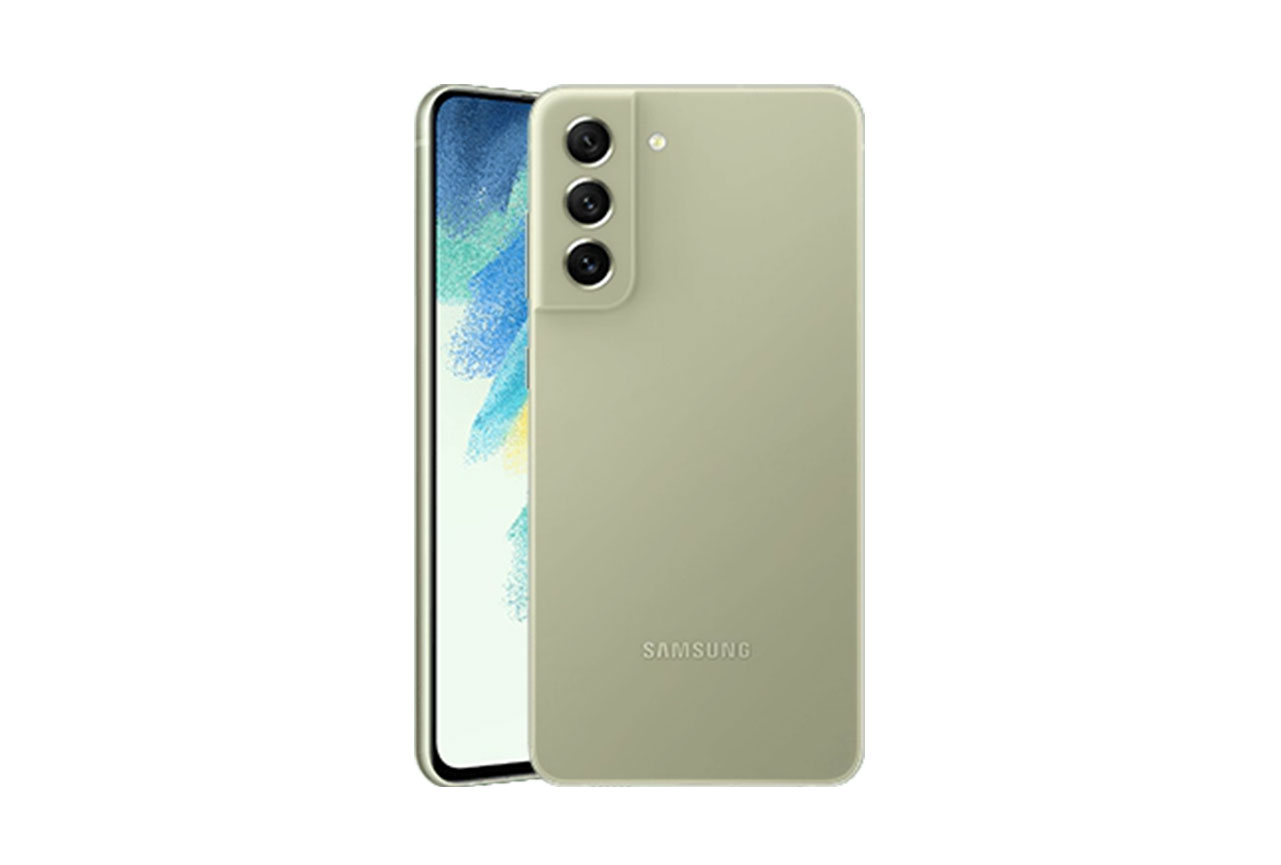 Samsung Galaxy S21 FE 5G (Snapdragon)
Samsung Galaxy S21 FE 5G (Snapdragon)

117
camera
95
Huawei Pura 70 Ultra
Best: Huawei Pura 70 Ultra (130)
108
Apple iPhone 16 Pro
Best: Apple iPhone 16 Pro (130)
91
Huawei Pura 70 Ultra
Best: Huawei Pura 70 Ultra (125)
97
Xiaomi 15 Ultra
Best: Xiaomi 15 Ultra (125)
85
Huawei Pura 70 Ultra
Best: Huawei Pura 70 Ultra (117)
69
Xiaomi Redmi 12 5G
Best: Xiaomi Redmi 12 5G (82)
60
Huawei Pura 70 Ultra
Best: Huawei Pura 70 Ultra (85)
64
Apple iPhone 16 Pro
Best: Apple iPhone 16 Pro (93)
77
Xiaomi 15 Ultra
Best: Xiaomi 15 Ultra (128)
100
Huawei Pura 70 Ultra
Best: Huawei Pura 70 Ultra (122)
83
Oppo Find X8 Pro
Best: Oppo Find X8 Pro (116)
104
Oppo Find X8 Pro
Best: Oppo Find X8 Pro (120)
90
Huawei Pura 70 Ultra
Best: Huawei Pura 70 Ultra (120)
94
Oppo Find X6 Pro
Best: Oppo Find X6 Pro (118)
86
Apple iPhone 16 Pro
Best: Apple iPhone 16 Pro (120)
73
Xiaomi 12S Ultra
Best: Xiaomi 12S Ultra (86)
102
Apple iPhone 16 Pro
Best: Apple iPhone 16 Pro (119)
Use cases & Conditions
Use case scores indicate the product performance in specific situations. They are not included in the overall score calculations.
Outdoor
Photos & videos shot in bright light conditions (≥1000 lux)
Indoor
Photos & videos shot in good lighting conditions (≥100lux)
Lowlight
Photos & videos shot in low lighting conditions (<100 lux)
Friends & Family
Portrait and group photo & videos
Please be aware that beyond this point, we have not modified the initial test results. While data and products remain fully comparable, you might encounter mentions and references to the previous scores.
Position in Global Ranking

114
th
4. Apple iPhone 16 Pro Max
157
10. Apple iPhone 15 Pro Max
154
22. Honor Magic4 Ultimate
147
26. Apple iPhone 14 Pro Max
146
26. Motorola Edge 50 Ultra
146
26. Samsung Galaxy S25 Ultra
146
32. Samsung Galaxy S24 Ultra
144
34. Apple iPhone 13 Pro Max
141
34. Google Pixel 9 Pro Fold
141
38. Samsung Galaxy S23 Ultra
140
43. Tecno Camon 40 Pro 5G
138
45. Vivo X80 Pro (Snapdragon)
137
52. Samsung Galaxy S22 Ultra (Snapdragon)
135
52. Vivo X80 Pro (MediaTek)
135
59. Samsung Galaxy Z Fold6
133
59. Samsung Galaxy S24+ (Exynos)
133
59. Samsung Galaxy S24 FE
133
59. Samsung Galaxy S24 (Exynos)
133
69. Samsung Galaxy Z Flip6
132
70. Apple iPhone 12 Pro Max
131
70. Samsung Galaxy S22 Ultra (Exynos)
131
81. Samsung Galaxy Z Fold5
128
83. Asus Smartphone for Snapdragon Insiders
127
83. Samsung Galaxy Z Flip5
127
83. Samsung Galaxy S23 FE
127
88. Vivo X70 Pro (MediaTek)
126
92. Asus Zenfone 11 Ultra
125
92. Samsung Galaxy S22+ (Exynos)
125
97. Samsung Galaxy Z Fold4
124
100. Apple iPhone 11 Pro Max
122
105. Xiaomi Redmi Note 13 Pro Plus 5G
121
106. Samsung Galaxy Z Fold3 5G
120
106. Samsung Galaxy S22 (Exynos)
120
106. Xiaomi Redmi Note 13 Pro 5G
120
111. Xiaomi Redmi Note 14 Pro+ 5G
118
114. Apple iPhone 12 mini
117
114. Samsung Galaxy S21 Ultra 5G (Snapdragon)
117
114. Samsung Galaxy S21 FE 5G (Snapdragon)
117
114. Samsung Galaxy S21 5G (Snapdragon)
117
120. Vivo X60 Pro 5G (Snapdragon)
116
123. Motorola Edge 50 Neo
115
123. Samsung Galaxy S21+ 5G (Snapdragon)
115
123. Samsung Galaxy S21 Ultra 5G (Exynos)
115
133. Crosscall Stellar-X5
113
133. Xiaomi Redmi Note 12 Pro+ 5G
113
137. Samsung Galaxy Z Flip4
112
139. Samsung Galaxy Z Flip3 5G
111
139. Samsung Galaxy S21+ 5G (Exynos)
111
139. Samsung Galaxy S21 5G (Exynos)
111
144. Samsung Galaxy A55 5G
108
144. Vivo X60 Pro 5G (Exynos)
108
149. Samsung Galaxy A54 5G
107
150. Xiaomi Redmi Note 14 Pro 5G
106
153. Samsung Galaxy A35 5G
104
154. Motorola Edge 40 Neo
103
154. Xiaomi Redmi Note 14 5G
103
156. Xiaomi Redmi Note 12 Pro 5G
102
158. Motorola Edge 30 Pro
101
160. Apple iPhone SE (2022)
100
162. Motorola Moto g75 5G
96
168. Samsung Galaxy A34 5G
92
168. Samsung Galaxy A25 5G
92
172. Xiaomi Redmi Note 13 5G
91
174. Motorola Moto g85 5G
88
174. Samsung Galaxy A52s 5G
88
174. Samsung Galaxy A52 5G
88
178. Motorola moto g54 5G
85
178. Samsung Galaxy A33 5G
85
178. Samsung Galaxy A16 LTE
85
181. Honor Magic6 Lite (5300 mAh)
84
181. Xiaomi Redmi Note 14
84
184. Samsung Galaxy A15 5G
83
186. Samsung Galaxy A15 LTE
81
187. Samsung Galaxy A53 5G
79
189. Xiaomi Redmi Note 11 Pro 5G
78
191. Samsung Galaxy A16 5G
77
193. Motorola Moto G35 5G
75
193. Xiaomi Redmi Note 13
75
196. Honor Magic5 Lite 5G
74
198. Samsung Galaxy A23 5G
70
199. Xiaomi Redmi Note 12 5G
69
202. Motorola moto g34 5G
67
202. Samsung Galaxy A14 5G
67
204. Motorola Moto G62 5G
66
205. Xiaomi Redmi Note 11S 5G
65
207. Xiaomi Redmi Note 12
63
212. Honor Magic4 Lite 5G
61
214. Xiaomi Redmi Note 11
60
216. Crosscall Stellar-M6
59
223. Xiaomi Redmi 10 2022
51
225. Samsung Galaxy A22 5G
48
Position in Premium Ranking

21
st
8. Samsung Galaxy S24 (Exynos)
133
16. Vivo X70 Pro (MediaTek)
126
20. Samsung Galaxy S22 (Exynos)
120
21. Samsung Galaxy S21 FE 5G (Snapdragon)
117
21. Samsung Galaxy S21 5G (Snapdragon)
117
25. Vivo X60 Pro 5G (Snapdragon)
116
30. Samsung Galaxy S21 5G (Exynos)
111
32. Vivo X60 Pro 5G (Exynos)
108
Pros
- Good exposure and contrast
- Nice color in indoor and outdoor images
- Good texture in bright light
- Pretty accurate subject isolation in bokeh mode
- Accurate exposure, white balance and focus preview when zooming
- Good exposure in low contrast video
- Accurate white balance and color in bright light and indoor video
- Generally good video autofocus
- Good video stabilization for static scenes
The Samsung Galaxy S21 FE 5G (Snapdragon) camera does a respectable job, earning itself a DXOMARK Camera score of 120 that puts it into a mid-field position in the Premium segment. The score is one point higher than the S21 5G (Snapdragon), making the FE model a great alternative to the standard model for photocentric users. This said, with the S21 5G having been available at retailers for several months now its street price has come down to a level that is very close to the FE. Overall, the camera performs on a very similar level to the other models in the S21 series from Samsung.
This indoor image offers accurate
color rendering without any casts. However, slight color fringing and huw shifts are noticeable.
In this shot and the graph below, we can see that the Samsung Galaxy S21 FE’s texture performance has been improved over the Samsung Galaxy S21 5G. Textures are slightly more refined in all light conditions.
Samsung Galaxy S21 FE 5G (Snapdragon), low light texture
Samsung Galaxy S21 FE 5G (Snapdragon), crop: slight loss of texture
Samsung Galaxy S21 5G (Snapdragon), low light texture
Samsung Galaxy S21 5G (Snapdragon), stronger loss of texture, stronger noise
Samsung Galaxy S21 FE 5G (Snapdragon), indoor texture
Samsung Galaxy S21 FE 5G (Snapdragon), crop: slight loss of texture
Samsung Galaxy S21 5G (Snapdragon), indoor texture
Samsung Galaxy S21 5G (Snapdragon), stronger loss of texture, more highlight clipping
Texture comparison: the S21 FE Snapdragon is very slightly improved over the S21 5G across all light levels. The difference is most noticeable in low light.
The preview image in bokeh mode is very close to the final capture.
Samsung Galaxy S21 FE 5G (Snapdragon), preview image
Samsung Galaxy S21 FE 5G (Snapdragon), crop: preview only slightly different to final capture
Samsung Galaxy S21 FE 5G (Snapdragon), final capture in bokeh mode
Samsung Galaxy S21 FE 5G (Snapdragon), crop: similar bokeh effect to preview image
In bokeh mode, images can sometimes be slightly underexposed, but the simulated bokeh effect provides mostly accurate depth estimation, with only a few visible depth artifacts.
Bokeh mode: good depth estimation
When using the tele zoom, exposure is generally accurate and stable, but dynamic range is limited, which can result in highlight clipping in high contrast scenes. Our testers also observed a loss of detail at most tele and ultra-wide zoom settings, as well as some autofocus failures.
Samsung Galaxy S21 FE 5G (Snapdragon), long range zoom
Samsung Galaxy S21 FE 5G (Snapdragon), crop: good exposure but loss of detail
In video mode, the Samsung Galaxy S21 FE 5G (Snapdragon) records footage with good exposure in low-contrast scenes. However, in more difficult high-contrast conditions video clips tend to be underexposed. The comparison devices below are doing better in this respect.
Our testers also observed some color and white balance instabilities but overall white balance and color rendering are generally accurate when recording in bright light or under typical indoor conditions. In low light, an orange cast is more intrusive than on the comparison phones. Noise is quite visible in all conditions, it’s particularly strong in low light. We also noticed frame shift and ringing artifacts in all conditions. Video stabilization does a good job in static scenes and is on a similar level as the competitors.
In this sample clip, we can see that at the start of the video the subject is slightly underexposed. Strong color and exposure instabilities are noticeable between 00:19 and 00:25 are visible. We can also see frame shifts and an exposure adaptation issue towards the end of the clip when the model turns around.
Samsung Galaxy S21 FE 5G (Snapdragon), slight subject underexposure, strong color and exposure instabilities, slight frame shift
Google
Pixel 6, slight underexposure, white balance instabilities, slight loss of focus, exposure adaptation issues
Oppo Reno 6 Pro 5G, slight underexposure, focus instabilities, frame shift, noticeable exposure adaptation



 114th
114th 21st
21st

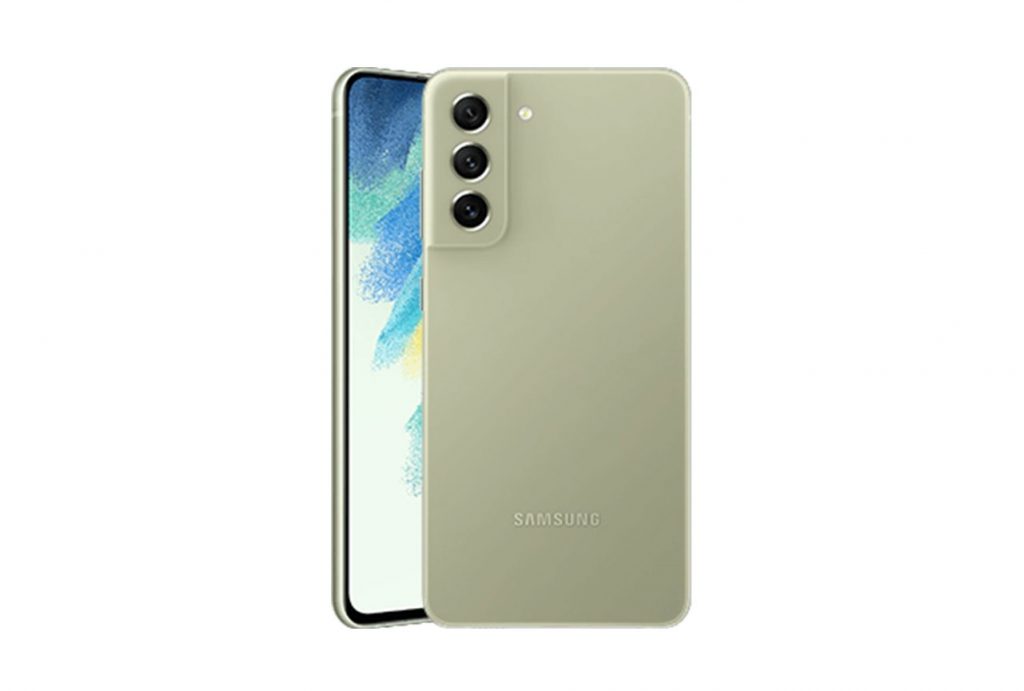
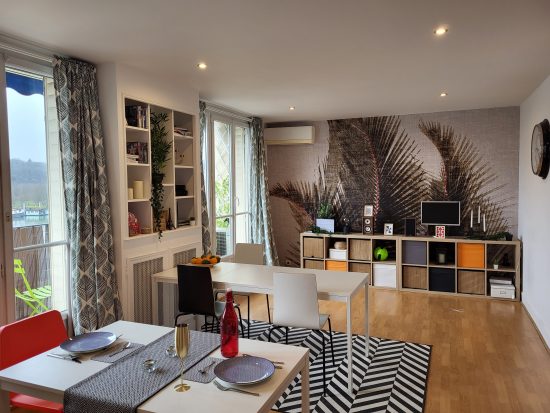
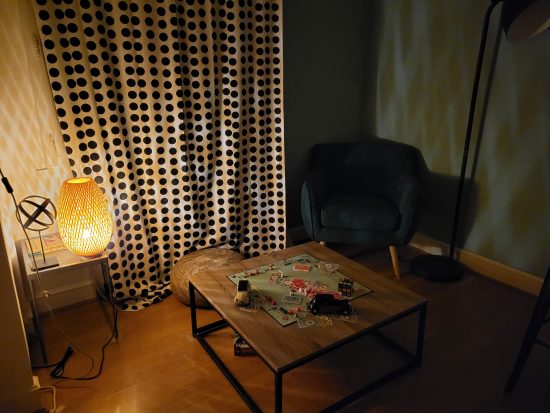
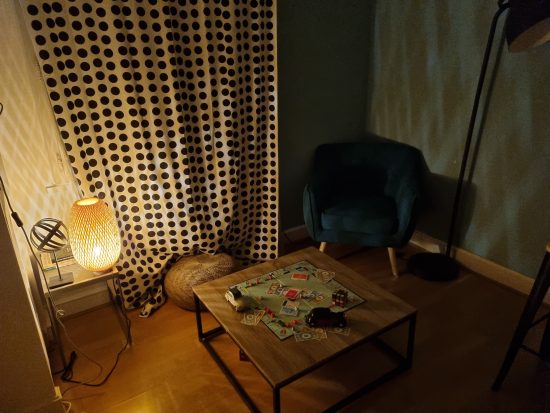
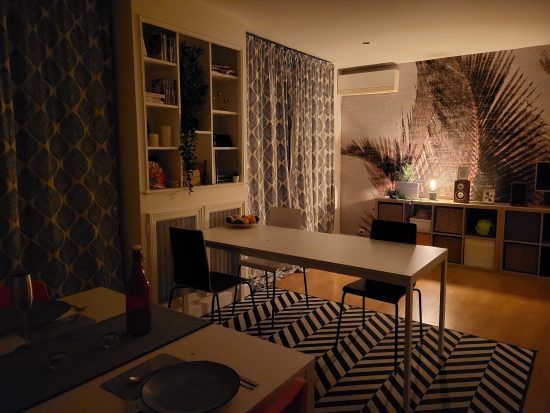
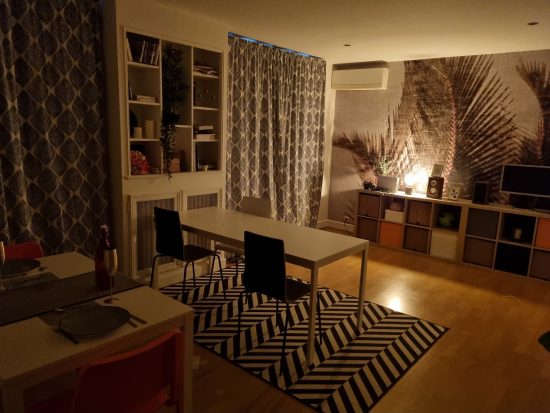
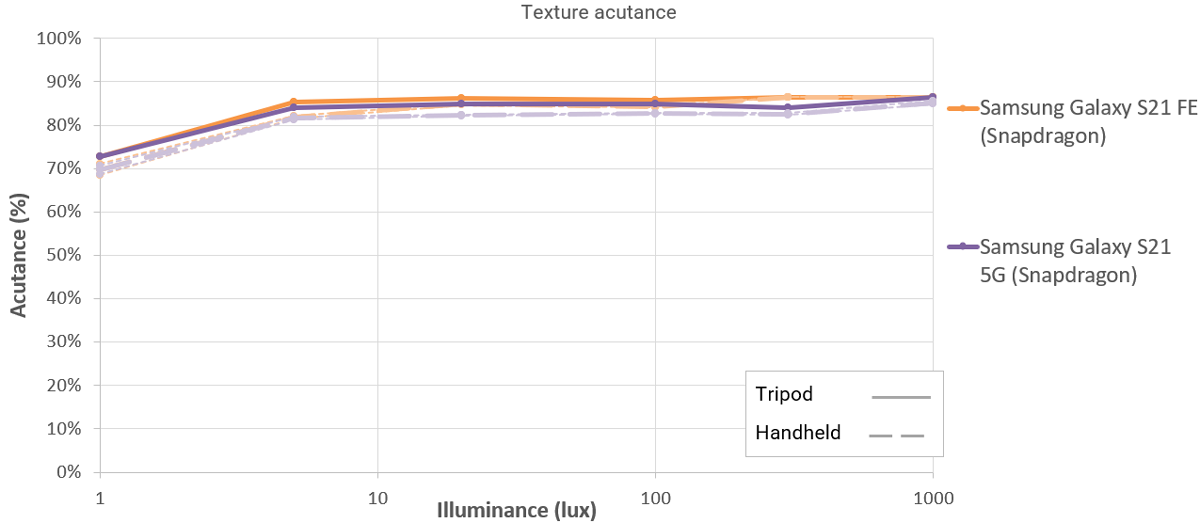
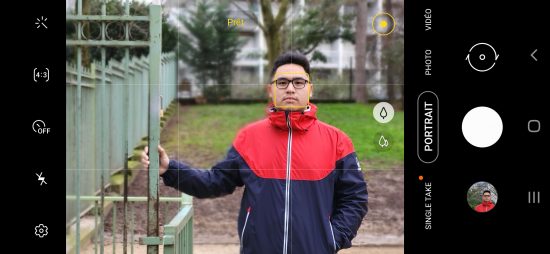



DXOMARK encourages its readers to share comments on the articles. To read or post comments, Disqus cookies are required. Change your Cookies Preferences and read more about our Comment Policy.